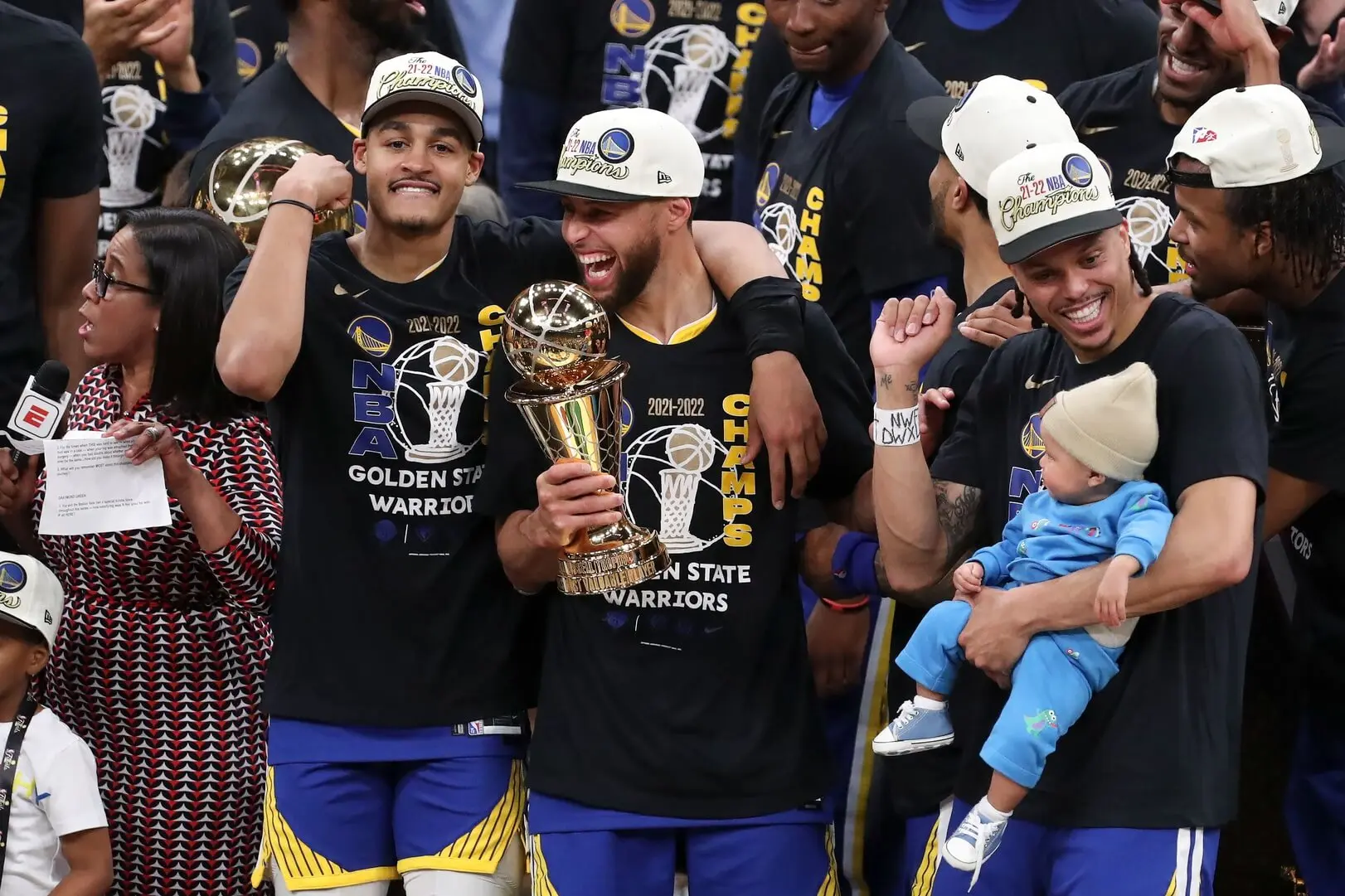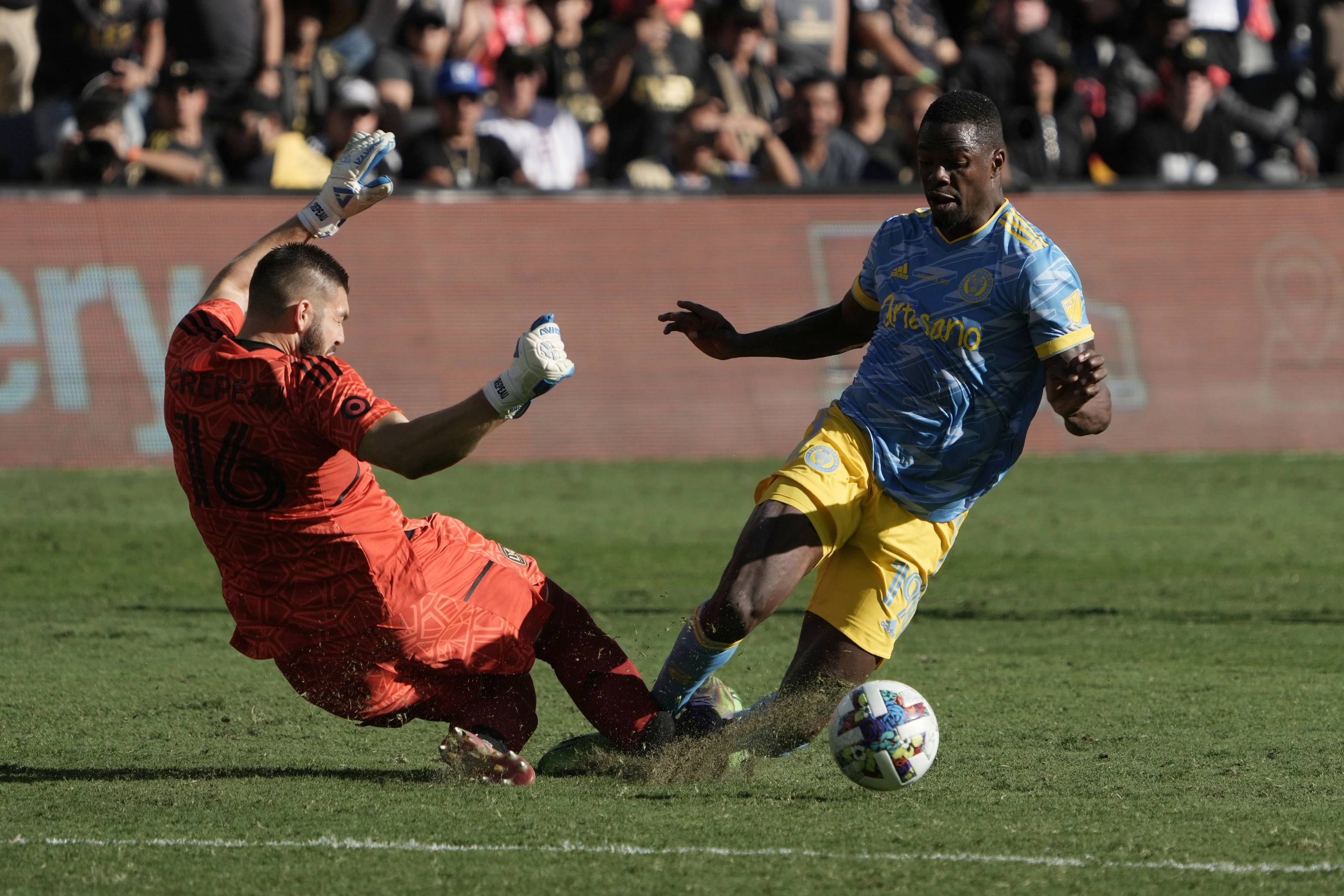Online Sports Betting Guides
Sports betting sites all cover the most popular sports, offering a range of markets on the biggest events, tournaments and leagues. To see the most popular sports in the US, as well as some of the calendar highlights from each, check out Online Gambling's sports betting guides below:
Football is not just the most popular sport in the US, but also the one the most money is bet on. The NFL is one of the biggest sports leagues in the world and attracts a global audience. Its regular season culminates in January and February with the NFL Playoffs and the iconic Super Bowl. Sportsbooks offer a huge range of markets on every NFL game, from prop bets to the popular over/under touchdowns market and more.
Basketball is the second most popular betting choice in the US after Football. NBA betting provides hundreds of options for fans throughout the regular season, with wider audiences tuning into the playoffs and NBA Finals. NCAA basketball gives the best young players from across the USA a chance to play at college, climaxing in March Madness - a month-long knockout tournament of 67 games to crown the national champions.
Every spring brings a new season of Major League Baseball (MLB) and with each team playing 162 games, bettors can wager on over 2,400 games throughout the summer. As such a statistics-heavy sport, Baseball lends itself well to a great betting experience, especially to those who bet in-play. Our baseball guides will help you understand baseball odds, get up to speed on the best MLB betting strategies and answer questions around baseball betting.
From League of Legends and to Call of Duty, eSports is big business (expected to hit $12.9 billion this year) and it's only just getting started. It's seen by many as the new frontier of online betting, with just as many bets available as in traditional sports. Live streaming is one of the key functions of eSports betting, aside from the likes of Twitch and YouTube, sports betting sites are the best place to watch the action.
With the MLS continuing to grow in popularity, soccer is emerging as one of the major sports in the US. Overseas, top competitions like the English Premier League and the UEFA Champions League dominate the betting markets. Although it takes the World Cup for the whole world to take notice; every four years this tournament welcomes 32 nations to battle for global glory with the next competition set to take place across the USA, Canada and Mexico in 2024.
With plenty of fast-paced action, the NHL is always popular with gamblers, especially in the US and Canada. The Stanley Cup is the ultimate prize of the NHL season, and represents the perfect opportunity to place a few bets. Betting markets for ice hockey are extremely vast and cater for both beginner and advanced bettors.
Sports Betting Odds
Understanding sports betting odds can be complicated, especially for beginners. With different formats for different regions, it can be daunting trying to read a European sportsbook as an American, and vice versa. Likewise, it can be equally as confusing trying to work out just how much you stand to win if your wager comes in from long odds.
Whether you're a sports betting novice or a regular betting sharp, it's important to know the difference between American, fractional and decimal odds. We have two recognised and respected guides which will bring you up to speed in no time:
Sports Betting Tips
Start Small – As a beginner, we recommend starting with small bets to get used to everything. This low-risk strategy will set up you nicely for any larger wagers in the future.
Use Your Bonuses – Top sportsbooks offer welcome bonuses. Use these after registration to maintain your bankroll for longer.
Head Over Heart – While it may be tempting to back your favorite team, always make sure the decision to do so is based on data and form.
Research Your Picks – Speaking of data and form, make sure you research the teams, players and event you're betting on. Spotting patterns or trends may lead to some great value bets.
Bet Responsibly – Last but not least, bet responsibly. Never bet what you can't afford and be sure to always bet legally by checking our US gambling laws guide.
Sports Betting FAQs
How to bet on sports?
Betting on sports is really simple. To start, register at your selected sportsbook and claim your welcome bonus. From there navigate to the sport and event you'd like to bet on, select your market and stake and place your bet. If your bet comes in you'll be able to withdraw your winnings.
Where to bet online for sports?
This depends on where you live. Some states offer legal sports betting, and these have a range of land-based and online sportsbooks for you to choose from. If you're located in a state without legal sports betting, there are easier options than driving to the nearest state that does! For example, you can always jump online and play at an offshore betting site.
Can I get free bets with these recommended sportsbooks?
Yes, you certainly can. Every sports betting site we recommend has a welcome bonus on offer to new players, and this often comes in the form of a free bet. These welcome bonuses all have fair terms and conditions attached to them, including low wagering requirements.
Is it safe to place sports bets online?
When you play at a site we recommend, you should always be completely safe. This is because we only ever highlight sites that are licensed and regulated by a reputable authority. What's more, all these sites use SSL encryption to protect your personal details and banking information.























